When it comes to training, it may be easy to teach someone a concept - but what’s not so simple is having a student apply that learned concept to a new situation. However, it’s your job as a trainer to ensure that each of your learners has the tools they need to apply new skills to their job. Knowing about the concept of learning transfer is key to achieving this goal.
What is Learning Transfer?
Learning transfer, also known as transfer of learning or transfer of training, is an important part of the learning process in which people take new skills, information, concepts, and/or strategies and apply them to a situation such as their job or career.
One of the difficulties with learning transfer is knowing if and how learners are using their new skills in real-life situations. While there is no hard-and-fast rule to measure the success of learning transfer outside of a course, there are ways in which learning transfer can be improved.
Ways to Improve Learning Transfer
To help make your training program more successful, try to implement the following into your training strategies to help make training stick so learners will use what they learn in the real world.
Provide Clear Reasoning for Training
Unfortunately, not everyone is excited to learn new things. But if you provide your learners with a clear reason for the training at hand, it can make a difference. For one, providing reasoning explains why learners should care. Giving clear context about how a training course can directly impact their job performance will help motivate learners to understand how to apply new materials to their lives.
One thing to consider when creating your training program is to openly identify learning goals and potential business outcomes. This, along with practical activities such as discussions, hands-on learning, content review, and more, will solidify the importance of the concepts at hand for your learners.
Create Realistic Lessons
Perhaps one of the most important aspects of improving learning transfer is providing training materials and lessons that are realistic for the learners’ job duties. When training someone in a specific field, it wouldn’t be appropriate to provide them with materials related to another industry. Making training relevant will keep learners engaged and help course material sink in an easier way. Also be sure not to present too much information all at once.
When creating your lessons, try to think of ways to present your materials in a way that will be easy to remember. Allowing learners to practice new skills in the learning environment with immediate feedback from instructors is one fantastic way to help improve learning transfer. Practicing skills in a mock work environment will make it easier for learners to recall new skills and strategies in future work situations.
Offer Support After Training Ends
Many issues with learning transfer arise after a training period ends. However, these issues can be avoided with the right strategy in place. One helpful action to take when a course ends is to offer a digital folder or packet of summarized materials to aid learners in remembering each piece of information. Instructors may also consider collaborating with the learners’ managers and peers to provide insight and feedback in the workplace. Creating a support system to foster growth once a course ends is key for learning transfer.
Use the Appropriate Technologies
Safety Mentor’s learning experience platform (LXP) was designed with learners in mind. Training that takes place on an LXP allows for collaboration between instructors and learners, and even provides a way for learners to upload their own materials and share useful information with others taking the course.
Our LXP also allows instructors to quickly provide feedback so learners may glean insight in a timely fashion before concepts fade from their memory, improving learning transfer.
Have questions about how Safety Mentor can improve the transfer of learning for your learners? Contact us today to learn more about our LXP and other services we offer.





